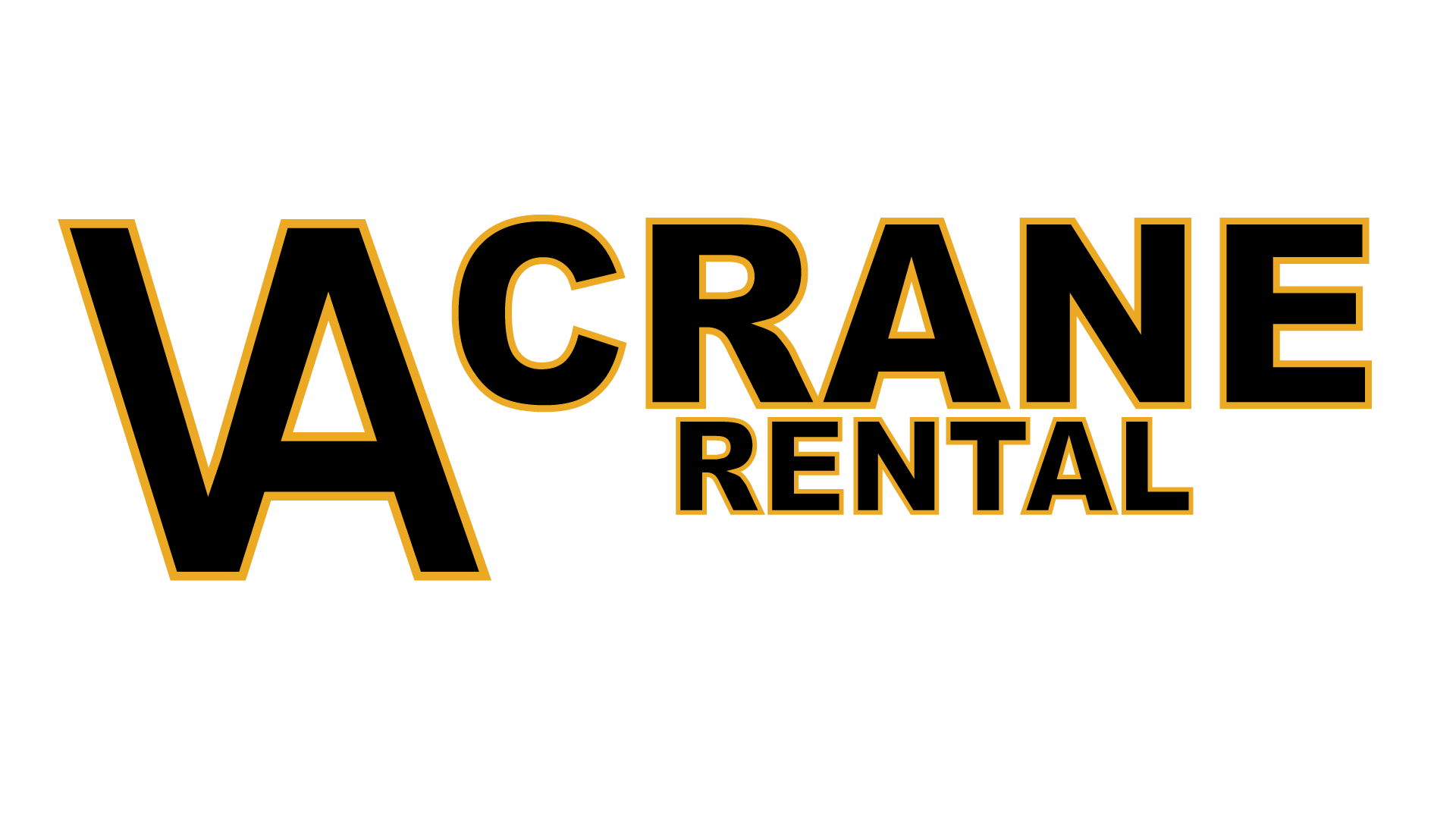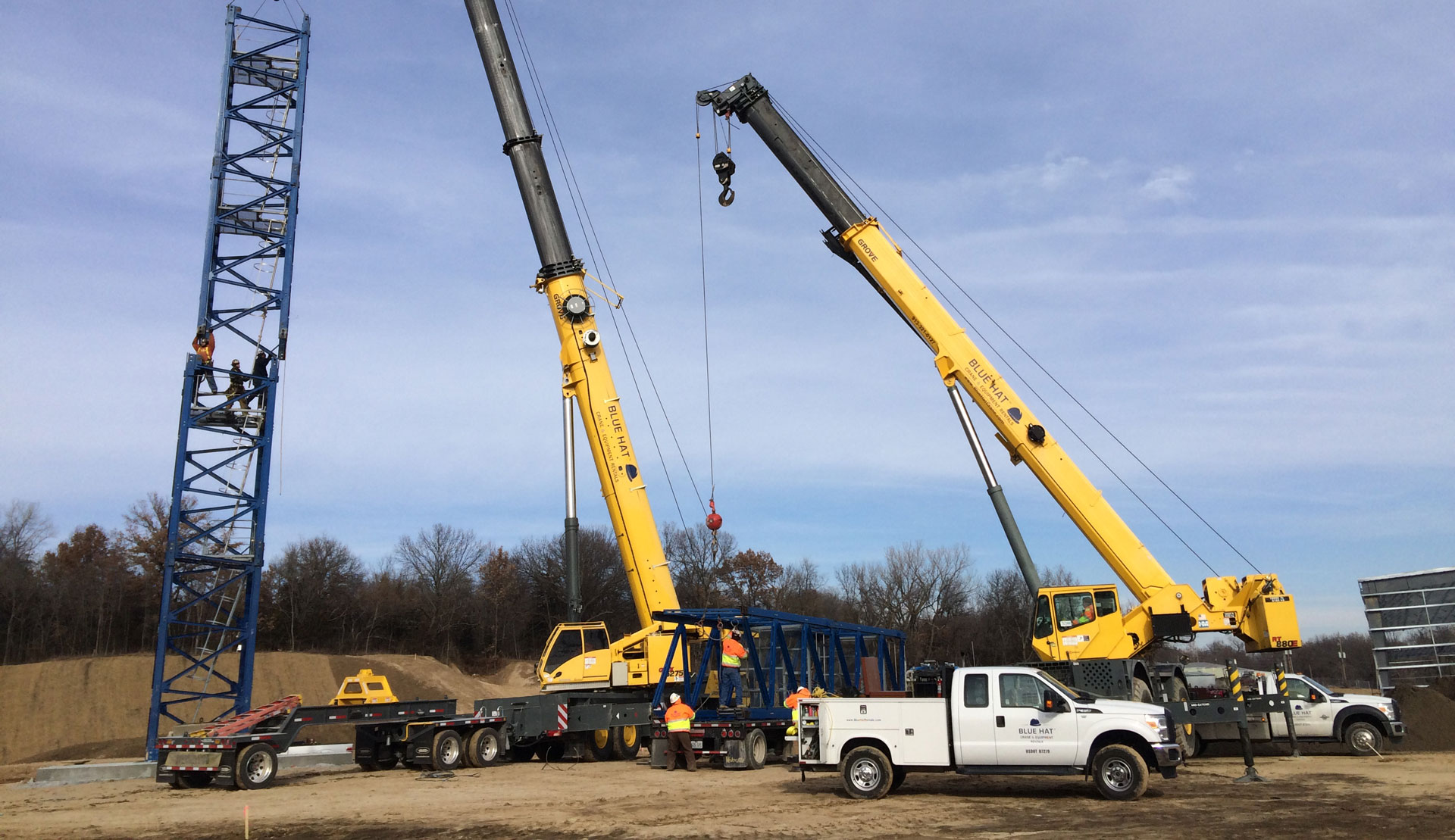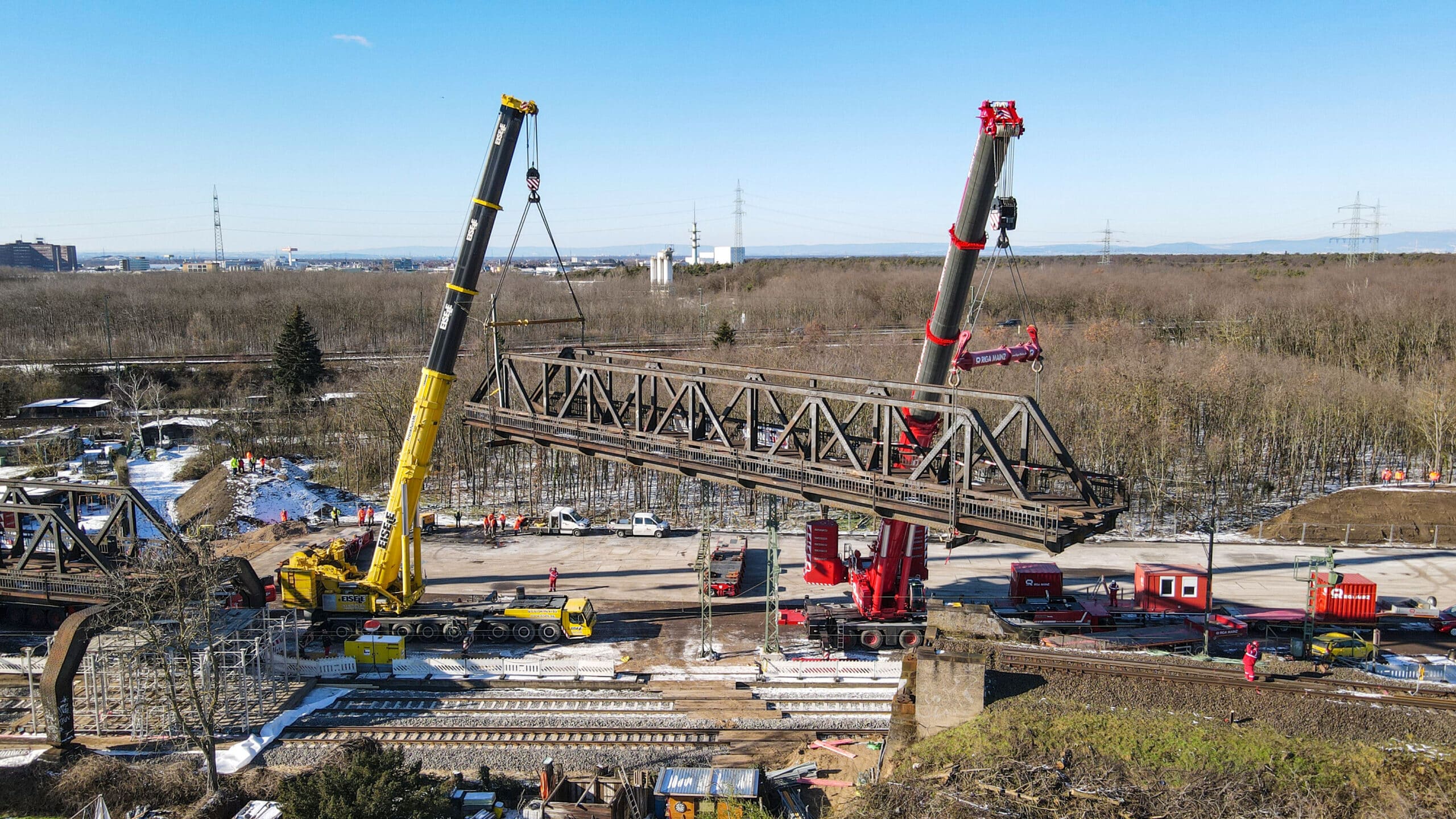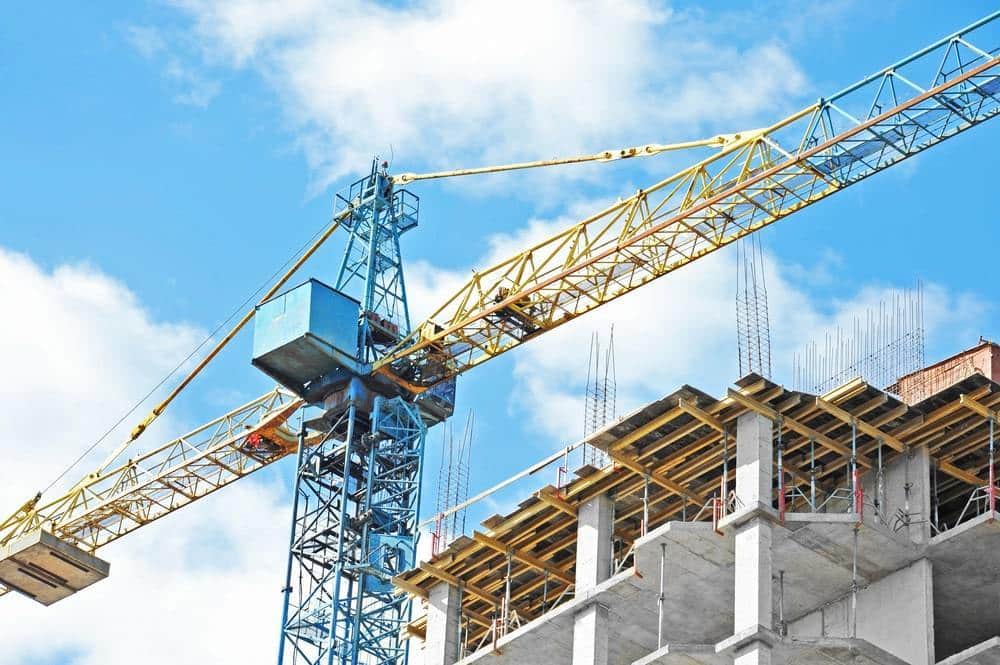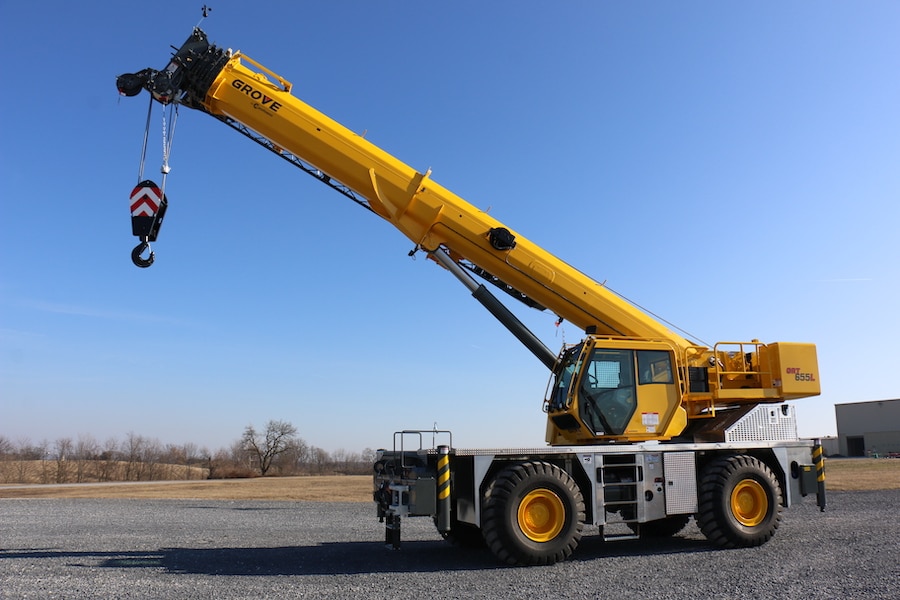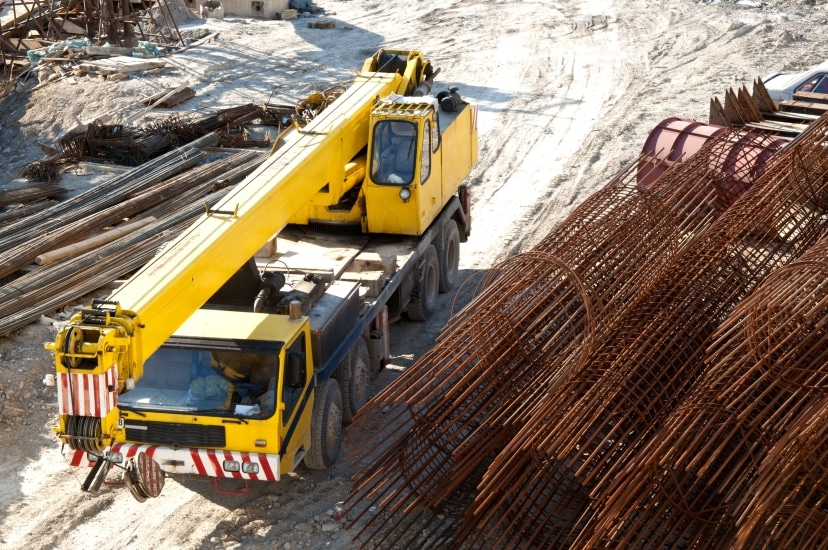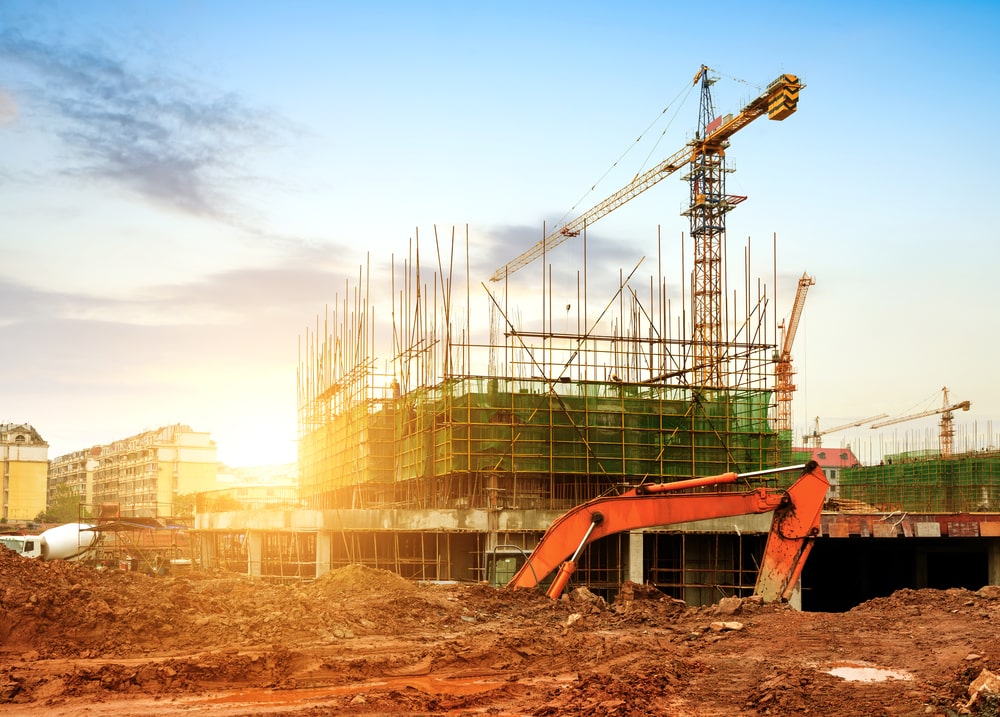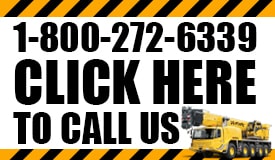The crane is one of the most important equipment on a construction site. Without a crane, it would not be easy to build high-rise structures. For huge buildings, most heavy-duty cranes like tower cranes are used to handle a load of materials like steel, concrete, and wood. The structure of a crane ensures that it can carry loads heavier than its weight.
As the name suggests, tower cranes are tall and have long arms. The arm of a tower crane can rotate around the base, which allows it to pick up and move heavy loads from one side of the construction site to the other. Let’s discuss the tower crane, how it is the best choice for building high-rise structures and its benefits.
What is a Tower Crane?
Tower cranes are the ones that are used in building high-rise structures and skyscrapers. Their height capacity is easily greater than any other type of crane. A tower crane is a machine with a hoist, chains, rope, or sheaves to lower, lift, and move heavy materials on a construction site. They are known for their exceptional stability and capacity to do the hardest tasks.
Tower Cranes are crucial in their work and can easily speed up your construction process by helping you to keep up with your construction schedule. Doing this also reduces costs and uses the workforce during the materials and tools lifting process. These cranes are designed to lift at least 19.8 tons of weight at up to 265 ft. tall buildings.
Parts of a Tower Crane
There are three fundamental parts of a tower crane that are discussed below;
Base
It is the main footing of the crane. This base is connected to a concrete foundation that bears the whole weight of the crane.
Mast or Tower
The mast is interconnected to the base and is the supporting array responsible for supporting its height. This is the part that provides the crane with its strength and has a big triangulated medium construction.
Swinging Piece
The swinging piece is linked to the peak of the mast and encompasses a device and machine. It enables the crane to shift by its position. The swinging part consists of three parts: jib or working arm, machinery arm, and operator’s cabin.
- Or Working Arm – A horizontal piece bears all the mass. This is attached to a trolley that runs beside it to take the shipment in and out.
- The machinery Arm is a smaller horizontal constituent holding the load-lifting motor. It has automatic panels, a cable container, and concrete counterbalances that provide stability.
- Operator’s Cabin – It encompasses the space where all jobs for the crane are held.
What Specifications make them Ideal for High Rise Structures?
Tower cranes have ideal specifications that make them ideal for the construction of high-rise structures. These specifications might vary depending on the manufacturers and models, but the standard tower crane specifications are listed below:
- Maximum Unsupported Height – 265 feet or 80 meters
- Maximum Reach – 230 feet or 70 meters
- Maximum Lifting Power – 19.8 tons or 18 metric tons
- Counterbalances – 20 tons or 16.3 metric tons
It would help if you kept in mind that the nearest the weight is to the mast, the greater the weight crane can lift. So, even though the tower crane’s capacity is 18 tons, it cannot raise this much weight if it is located at the edge of the jib. Therefore, the machinists have to avoid overcapacity by having two limited shifts. They have to keep the maximum weight adjustment lower than 18 metric tons. The maximum moment adjustment is also required to protect the crane from the load’s bending strength.
Moreover, another thing you need to consider while using any crane is keeping the weather in the region in check. Especially when the tower cranes are in the middle, you must check the weather in the area. Extremely windy weather might cause the disruption of weight and assembly that might result in a downfall. Therefore, the project supervisors must regularly check the weather forecasts to schedule the construction work accordingly.
Support System of Tower Cranes
The support system of tower cranes is an important element that makes it ideal for use in the construction of high-rise structures. Various factors add to the steadiness of the large tower cranes. These elements or factors include a concrete pad consisting of concrete groundwork prepared by the building company. It is prepared some weeks before the crane’s onset.
The normal sizes of these concrete pads are 30x30x4 feet and carry a mass of 400,000 pounds. Also, some large anchor pins are fixed into the concrete pad, and these elements are responsible for reinforcing the crane’s base. This is how the support system of tower cranes works and makes them efficient for constructing high-rise buildings and structures.
What are the Advantages of Tower Cranes?
Tower cranes are the most widely used cranes in the world due to the numerous advantages they offer and because of their high functionality. Moreover, tower cranes are the type of cranes that are mostly used in building high-rise structures and tall buildings because of their exceptional height capability. They can also be termed the largest cranes for transporting the largest and heaviest loads on construction sites.
Some advantages of tower cranes are listed below:
- Tower cranes can easily exceed the loading and lifting capacity of any other type of crane.
- Their height capacity is unmatched.
- These cranes offer exceptional stability and can do the hardest of jobs.
- It is an economical and efficient option for lifting heavy loads.
Conclusion
Tower cranes are the most efficient and ideal type for constructing high-rise structures. They offer many advantages and are perfect for lifting heavy loads. If you want to use a crane for your high-rise construction project, choose a tower crane. However, other types of cranes can also be used for small-level construction.
Furthermore, if you are looking for crane truck rental, give us a call now for the best rates. We offer crane rental services for all types of construction projects in the area.

